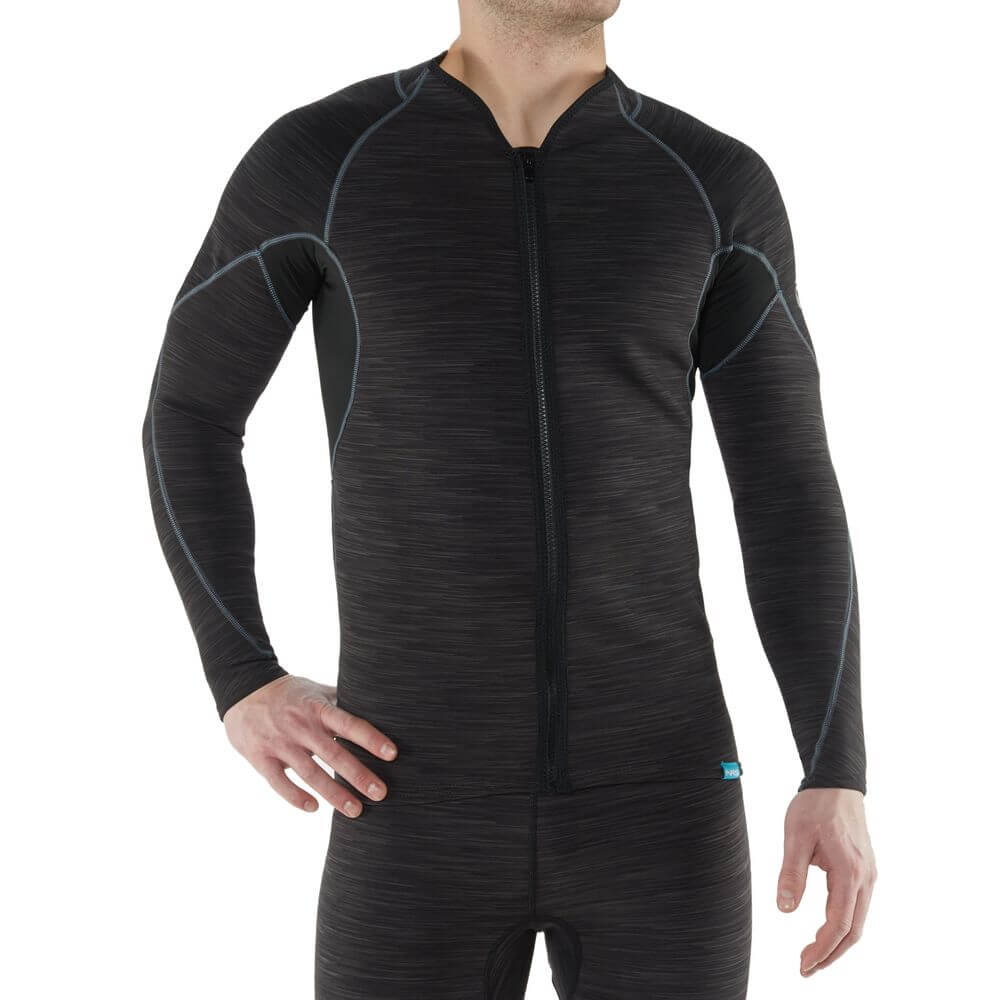Paddling & COVID-19: Getting outside and active, even for short periods, is good for your mental and physical health. That said, we’re all in this together, and we must be responsible — avoid crowds, stay close to home, be prepared and be respectful of other people. The team at the Northern Forest Canoe Trail can’t stress this enough: now is not the time to take unnecessary risks while engaging in outdoor activities. Our the healthcare sector is under enormous stress, and we must be responsible.
A note from the author: So many “educational” reads end up really being an opinion piece. So, Danny wanted to be up front: this is another opinion piece. Many paddlers have a system that works for them and they are entitled to their opinion as well. There is no one method that works better than another. This piece will draw from Danny’s lengthy, 30-year experience in the paddle sports industry and as a paddler. So, we feel there is some good stuff in here to make you a more informed paddler on this topic.
Neoprene
 It must be said that neoprene only insulates when wet, and when dry does not breathe — dragging on a wetsuit is going to be a hot and sweaty experience.
It must be said that neoprene only insulates when wet, and when dry does not breathe — dragging on a wetsuit is going to be a hot and sweaty experience.
Even with the amazing technology in today’s wetsuits, they’re still a challenge when it comes to paddling motion; additional effort is required. The draw to neoprene options is that they are less expensive, so they do have a place for the budget conscious paddler. But you should consider options more for paddling and less for surfing. (Often times, we see inexpensive surf style suits or may even have one from water skiing or surfing.)
Thinner layers that are sold as tops and bottoms are available. A favorite piece of paddlers is a zippered top, so you can regulate heat when paddling but zip back up to get warm if you should fall in. Tank top style suits called a “Farmer John” and “Farmer Jane” allow freedom of movement and higher breathability, through the exposed arm pits. Paired with a thin wicking layer against the skin and a wind layer over the top, this can be a great lower cost option.
Remember: Unlike a dry suit, your feet are at the mercy of the cold water. Neoprene is designed to warm the water that is trapped by your body temp. The challenge with feet, for paddlers, is that they do not move and therefore do not produce heat. Wet feet will get cold, period.
More on cold water paddling: